The Maker Movement has emerged, evolved and is now thriving not only in the US, but internationally, as well as here at Rightpoint. I and my fellow makers — entrepreneurs, inventors and tinkerers, all — exhibit curiosity, adventure and intellectual engagement, crafting innovative solutions to often-complicated problems. For us, making often requires not only collaboration, but the intrinsic drive to shape the world rather than merely letting it happen around you.
Here’s how we’re shaping the world. Come along for the ride:

I’ve written before about how proactive Rightpoint is in creating its environs and culture. The realization and internal encouragement of Rightpoint’s maker spirit is the next step of this conscious creation. But let’s back it up a step: what is the Maker Movement?
Dale Dougherty coined the term “maker” as we use it today in the context of the Maker Movement, and as he puts it in We Are Makers, a great video introducing the Maker Movement: “the whole world becomes our canvas.” It’s experiential, a drive to try it yourself, hands-on, rather than be told something does or doesn’t work. You make mistakes but recover faster, and in the process (again, as put in the video): “broaden your selection of hammers.”
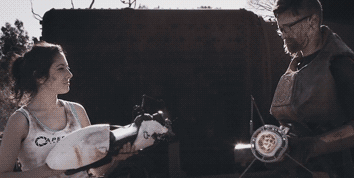
Here at Rightpoint, we’re constantly broadening our selection of hammers and making sure we’re not just banging away at everything that looks like a nail. Part of that is trying new techniques, such as Google Design Sprints or our PEDL program or collaborative sketching, along with testing the science behind happy experiences, creating physical products like Pourcast, and so on. We’ve broadened into products that cut across disciplines and along the way, each of us ends up learning and aggregating experience from those other disciplines.
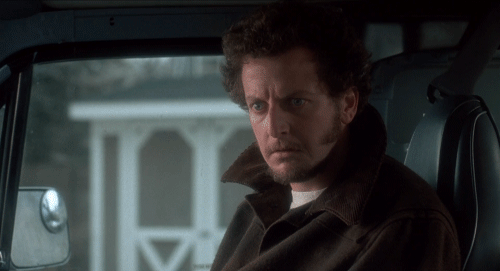
In that same video, Allan Chochinov explains a tenet of design consulting — that creating something very quickly earns trust and makes progress. As soon as you give people something to react to, reaching its essence becomes more clear. Part of that tenet is why we have a 3D printer for the office — especially since once we were making physical-digital crossover products like Pourcast and Room Ninjas, physical rapid prototyping became much more important.
I would argue that rapid prototyping, testing, and having a product (rather than project) mindset as Ross explains here absolutely makes you a maker. But it turns out the bar is even lower than that. As Dale puts it, in order to get involved in the Maker Movement, you “join it by just saying ‘I’m a maker and here’s what I do’.”
And: We. Are. Makers.

Now that you’ve gotten this far: my disclaimers-slash-qualifications, with more hyphens to come. I’ve been involved in the Maker Movement since 2009 to a larger or lesser degree over time. My involvement has been almost entirely in Chicago, though I’ve visited makerspaces in places as close as Detroit and as far-flung as Copenhagen — along with Århus if we’re counting.
In 2011, I was President of Pumping Station: One, Chicago’s largest and oldest makerspace. I’ve taught at the Chicago Public Library’s Maker Lab and attended ORD Camp for years. I have friends on Make magazine staff — Dale Dougherty founded and runs Maker Media which includes Make and Maker Faires, for context — and others that contribute to O’Reilly’s educational materials. I care about this movement, I love how Chicago’s pushing it forward, and I’m happier still that Rightpoint has recognized and is encouraging its maker spirit.
As examples of what you can start making, during my time at Pumping Station: One, I made or helped make things like:
- A life-sized modular TARDIS photo booth
- A TV-B-Gon
- Build-a-Blinkie
- PS:One’s Lightning Talk series called 300 Seconds of Fame, starting with my Lightning Talks 101: Recursive Talk is Recursive
- Hackathons and other events and tours
- An Arduino
- Edge Lighting badges
- Cowls and scarves and other knitting magic
- Yarn words
- Chain maille
- The Great Global Hackerspace Challenge
- And lots and lots of photos (really, lots)
And helped Pumping Station: One do things like:
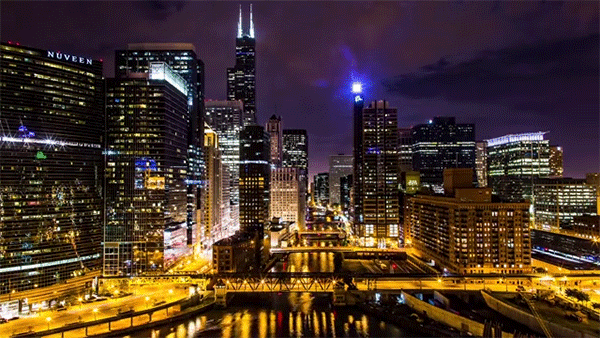
For Chicago’s maker context, a quick tour through Chicago’s various makerspaces:
- Pumping Station: One itself is six years old with over 400 paying members currently (some of my photos of PS:One here)
- Catalyze Chicago, just over the river in the West Loop, focusing on physical products
- SSH Chicago on the South Side (Bridgeport)
- LevelUp, a teen-focused makerspace on the South Side, not far from Midway Airport
- Bit Space, for ages 10–13 in Lincoln Square
- Chicago Industrial Arts and Design Center in Rogers Park
- Workshop 88 and SpaceLab in the burbs
- Museum of Science and Industry’s Fab Lab (some of my pictures here and more pictures here)
- Chicago Children’s Museum Tinkering Lab, a kids’ and family-focused space
- Chicago Public Library Maker Lab, with Mini Maker Labs being gradually spread throughout the Chicago Public Library system
- Blue1647, serving the South and West sides, which covers coworking as well as a student learning lab (article here)
There’s also an overview of the three oldest Chicago makerspaces here.
Just going by this list, Chicago’s definitely got a strong movement going, and that’s not counting the pop-up experiences like Center for Lost Arts (my photos from their original space’s closing party here), ORD Camp (which I’ve previously written about), various startup and hack nights, as well as Mini Maker Faires.
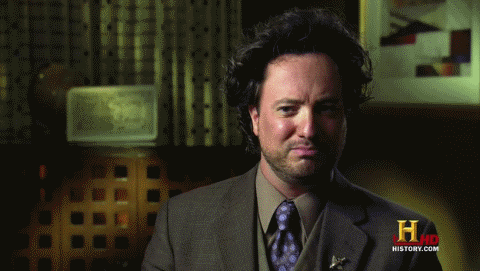
It’s also a national movement, with President Obama declaring a National Week of Making, participating in the first-ever White House Maker Faire, and announcing the Nation of Makers initiative. My favorite moment from that event was Obama hanging out with a life-size robotic giraffe (video also available).
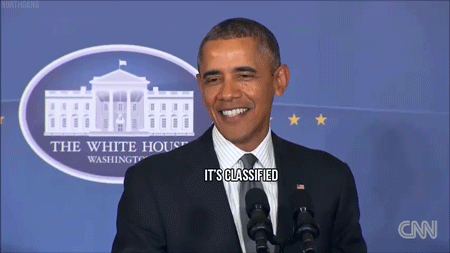
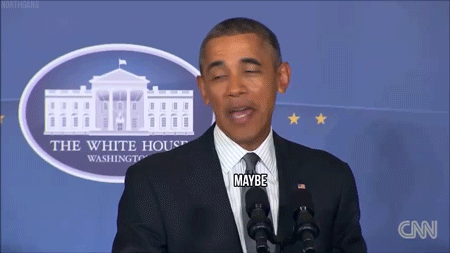
More broadly, though, makers’ primary resources tend to be other makers, thus the launch of MakerSpace by Dale Dougherty and the launch of MakerBase by Gina Trapani and Anil Dash (you can find me there too). There are physical makers and digital makers, and many cross from one to another. The movement has even diversified into groups like civic hack groups, Maker Biz, the Kickstarter crowd, and those hacking for education. I’m fond of the fact that I was there at the start of the Power Racing Series (in fact, my photography’s still on the site), which may look frivolous and fun, but actually teaches kids and adults across the country about everything from brakes to batteries to electronics.
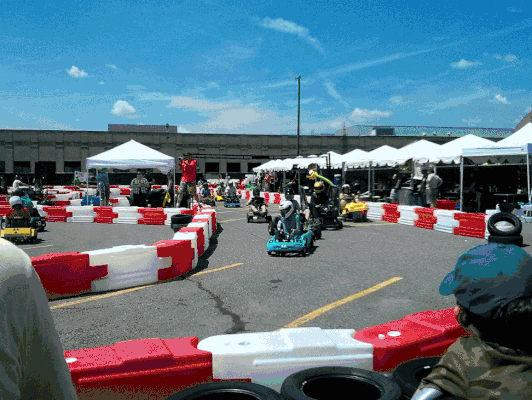
If you’ve made it this far on this wild ride, I probably don’t have to tell you that the Maker Movement has become a $29 billion industry, and that approximately 135 million adults are makers (that’s 57% of adults over 18). But if you still need convincing, those are the facts. Companies like Kickstarter and Indiegogo and Etsy are helping drive this industry forward, and industry giants are jumping in with projects like GE Garages and UPS’s entry into the 3D printing market, not to mention TechShop and Shapeways.
Even though these giants are now in the market, we’re here too. We’ve always been here, whether we talked about it or not.
As upstart, as DIY, as muddle-it-through-until-you-find-an-answer as the Maker Movement may be, it’s also the perfect place for curious, scrappy, whatever-it-takes-to-get-the-job-done inter- and intra-disciplinarians like us that enjoy being both high-level and in-the-weeds. We who love hyphens in whatever we do.
And that’s why we’re here. Thanks for making it so incredibly far through the history of the Maker Movement with us today. Let’s look toward the future of the Maker Movement together.
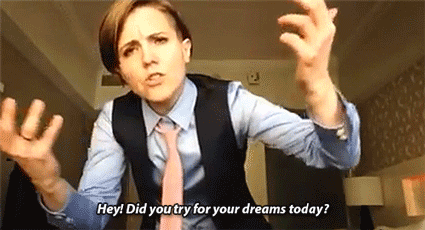
- Many thanks to Running a Hackerspace and Pumping Station: One for the gifs, plus Buzzfeed for the Chicago gif.
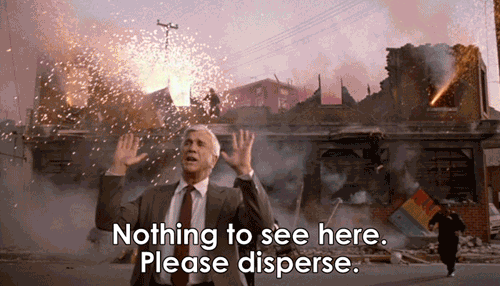
Originally posted at http://community.rightpoint.com/blogs/viewpoint/archive/2015/11/12/the-maker-movement-making-the-world-our-canvas.aspx on 11–12–2015 at 9:23 AM